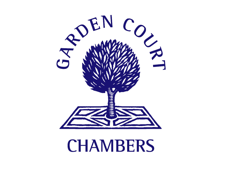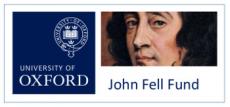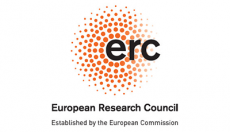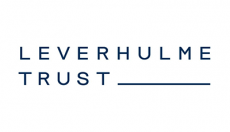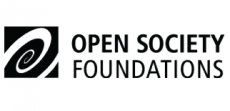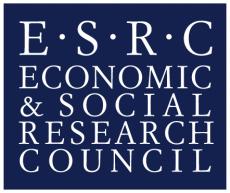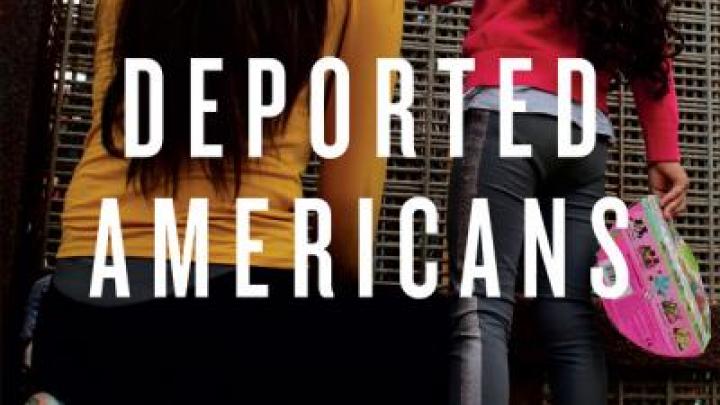‘This is Not a Place for Children’: The Lives of the Children of Asylum-Seekers in South Tel Aviv
Posted
Time to read
Guest post by Chen Raveh, Yoav Shafranek and Dafna Lichtman. Chen, Yoav and Dafna are educators and activists who work at the Levinsky Garden Library, a resource and community center in South Tel Aviv neighbourhood of Neve Sha’anan (the main location where African refugees and asylum seekers in Israel live). The Garden Library was established upon the belief that culture and education are basic human rights that bridge differences between communities and individuals. The Library provides tools and programmes to effect lasting social change in the neighbourhood. This is the seventh instalment of Border Criminologies’ themed series organised by Maayan Ravid on ‘Border Control and the Criminalisation of African Asylum Seekers in Israel’.
In this blogpost, we share key findings from a longer report, relaying the experiences of asylum seekers' children in South Tel Aviv, Israel. While studies on children’s migratory experiences, children and borders, and children’s rights have increased over the last decade, little is known about the effects of exclusion from the perspectives of asylum seekers' children themselves. We are community workers and activists in the Garden Library at Levinsky Park. The library is located in the heart of Neve Sha’anan, an area in South Tel Aviv that has been neglected for decades by state authorities. From the late-1990’s onwards, it has become populated with marginalised communities including asylum seekers and labour migrants. In the absence of social services in the area, the Garden Library is no longer just a library; it functions as a unique community center, providing educational and cultural activities for hundreds of children in South Tel Aviv. This post introduces their important experiences into the greater conversation.

Our report is based on dozens of in-depth interviews conducted in 2017, with children between the ages of 11 and 17, with whom we have been working in recent years. As such, the research deploys ethnographic methods, collecting children's life stories, analysing them and presenting the narratives that emerge in their words. Three dominant themes emerge from children's stories that we present in this post: Home; The Neighborhood; Identity and future.
The first theme is ‘Home’, and what it means to children who lack legal status and are denied rights. Children talked about their journeys from their country of origin to Israel, their memories, their families, their parents’ long working hours, their living conditions in crowded and partitioned apartments. Children share the many challenges of maintaining a stable family unit in chaotic and temporary conditions.
''Mom and Dad were both in the army. Mom was a regular soldier and Dad was a commander. I saw Dad for a little time, once a month, or when there was a holiday, he would come and bring lentils or meat. It was hard. She was afraid they would make me a soldier. They take everyone. You go to the army for many years, train, and then you guard the Eritrean border and have to kill anyone who tries to leave. (S., 14 years old)''
“I live with Mom, my brothers and my mom’s brother. I mean, he doesn’t live with us all the time, he just comes to shower and change clothes. He doesn't sleep at our house. Maybe he sleeps with his friends. He comes to rest with us sometimes. We are five brothers and my mom, and we have two rooms in the house. The beds are all mixed up, it's not always the same, we just take a bed and sleep... My brothers are in daycare every day until eight at night. Mom works as a cleaner.” (M., 9 years old)
A second dominant theme that arose from the interviews is the reality of life in the Neve Sha'anan neighbourhood. Neglect, lack of social services, unstable infrastructure, delinquency and crime, dangerous roads, and widespread prostitution create a feeling of insecurity in public spaces. Each of the children we spoke with mentioned violence s/he experienced in the neighbourhood as a daily feature of her/his life, or as 12-year-old M. told us: ‘This neighbourhood is not a place for children.’

‘There are a lot of drug addicts in the neighbourhood. Once in the middle of practice, a drug addict threw a bottle of beer at us while two kids were running after the ball and it almost hit them. We shouted ‘who’s there?’ and then he ran away. Now mostly there's something black that they smoke. And a lot of times they hide drugs in the grass where the playground is under the slides.’ (N., 14 years old)
‘In Neve Sha'anan, I didn’t feel comfortable going outside. So, I prefer to stay home. One time, about a year ago, I was with a friend in the Levinsky Park. We sat there, and then a drug addict winked at us and we didn’t look at him and we just rolled our eyes at him. So he took out a knife and came towards us, so we just ran away.’ (G., 13 years old)
The last theme, which we chose to call ‘Identity and future: from belonging to alienation’, deals with children’s lack of rights and status and the way this affects their lives.
‘Sorry for saying this, but my status sucks, they don’t treat us like human beings. The way they treat you is not the way they treat me. You have an identity card, but I have to go to renew my visa every so often, and they treat us badly. They shout at us and if we didn’t have a visa they would take us to Holot. It bothers me that you have an identity card and I have nothing, that we are treated differently. Am I different from you? If we walk down the street and they catch us – for us it’s Holot and for you, if you go they won’t do anything to you, we see police and we are afraid. We’re treated like animals.’ (R., 12 years old)

Even though the children we spoke to grew up in different settings, each expressed a sense of intense alienation and exclusion permeating her/his life. The traumas children experienced in their countries of origin and along their journeys acquire new forms in their present day lives, through their experiences with racism and alienation in Israeli society. The community to which they belong suffers from predatory policies that do not regard them as equal human beings. The government does everything in its power to make their lives in Israel unbearable and their futures unknown.
Today there are approximately 7,000 children without legal status in Tel Aviv, representing 12% of the overall child population in the city (according to Tel Aviv Municipality reports in recent meetings). These children live without social rights and suffer from discrimination and racism. They are ‘invisible’ children, whose voices are not heard. Even when sharing experiences amongst themselves, the thoughts of a better future, and their ability to change their life conditions seem almost impossible. This post seeks to introduce the voices of children into conversations about asylum-seekers' rights in Israel. Their stories can teach us what is happening in their world, which is also part of our world, and reflects the society in which we all live in together.
Any comments about this post? Get in touch with us! Send us an email, or post a comment here or on Facebook. You can also tweet us.
__________
How to cite this blog post (Harvard style)
Raveh, C., Shafranek, Y. and Lichtman, D. (2018) ‘This is Not a Place for Children’: The Lives of the Children of Asylum-Seekers in South Tel Aviv. Available at: https://www.law.ox.ac.uk/research-subject-groups/centre-criminology/centreborder-criminologies/blog/2018/10/not-place (Accessed [date]).
Share
YOU MAY ALSO BE INTERESTED IN
With the support of
